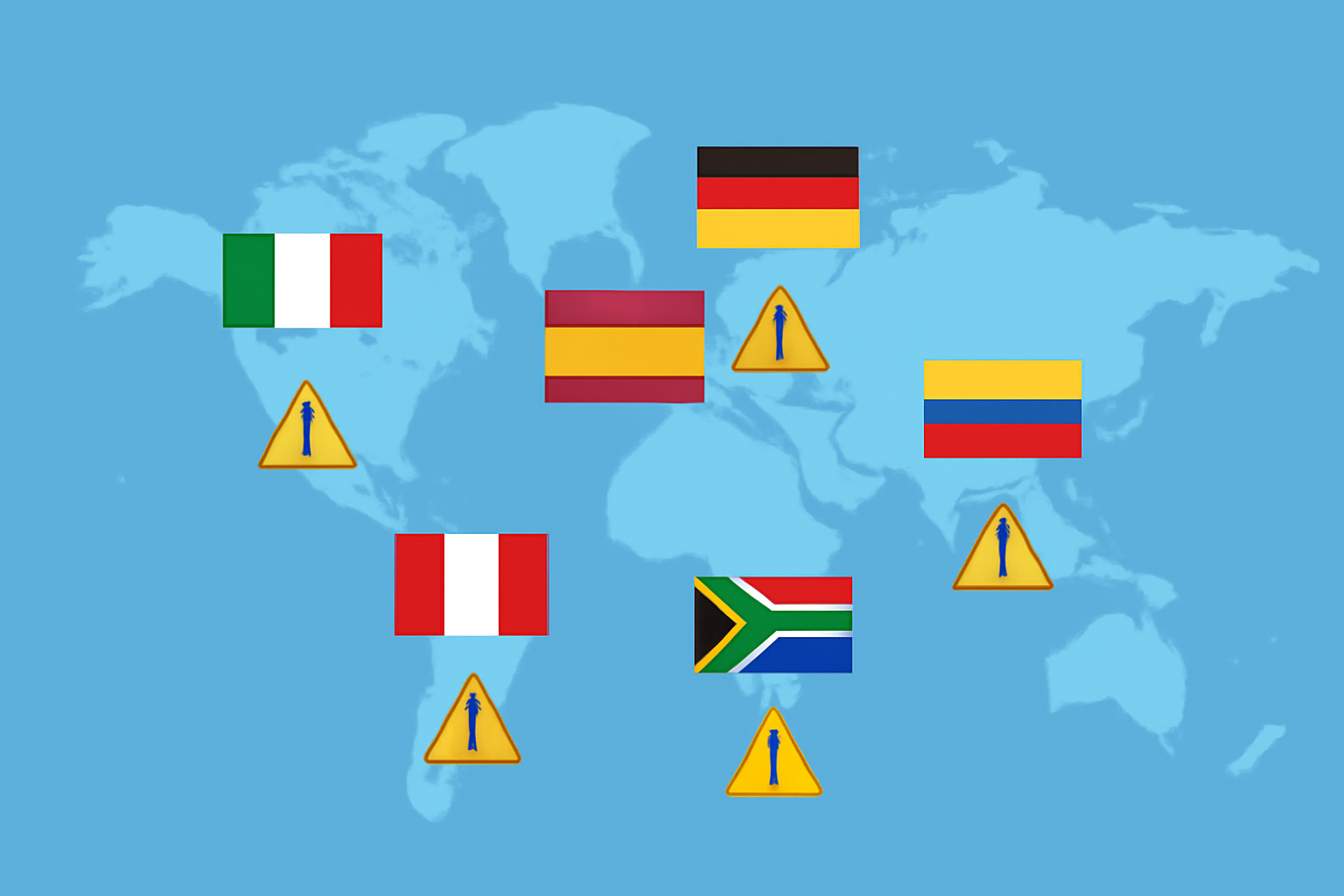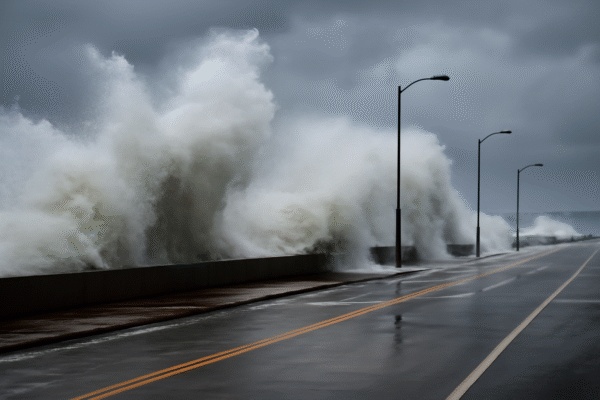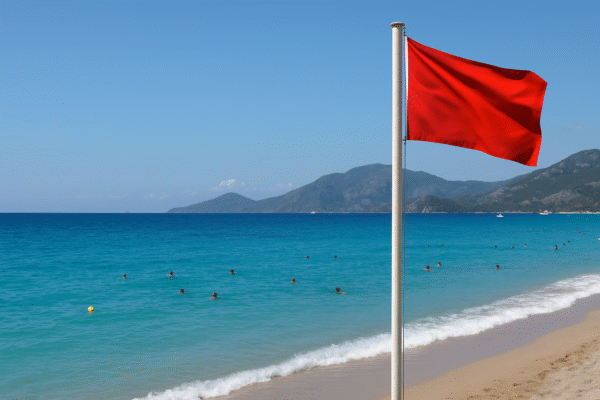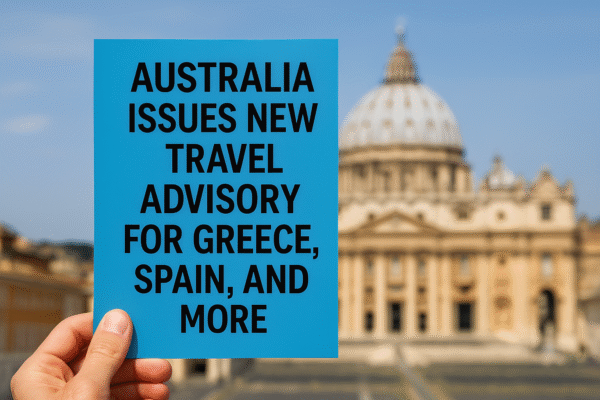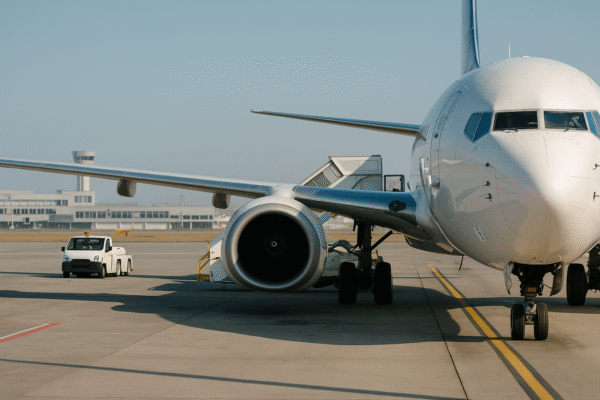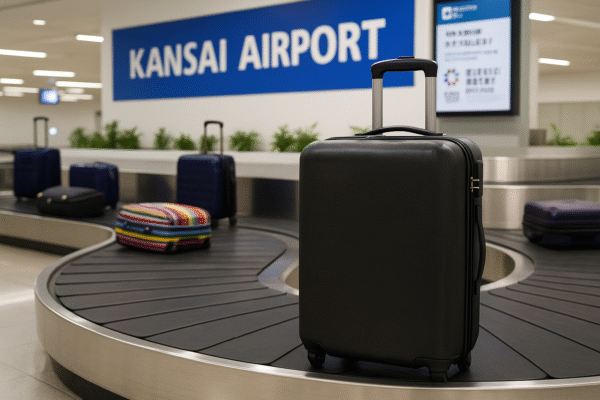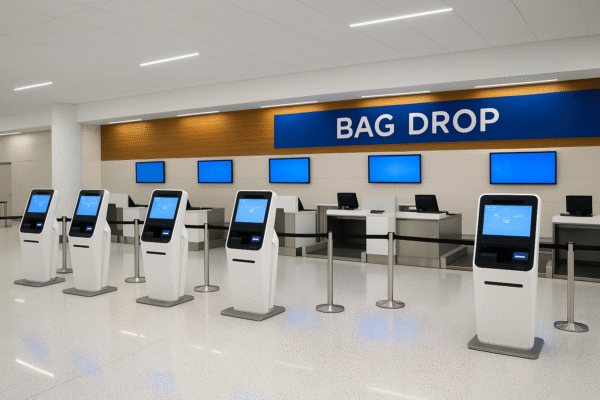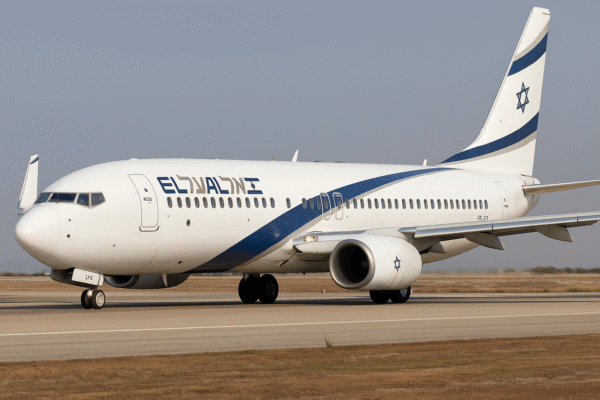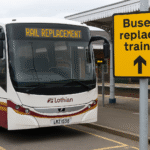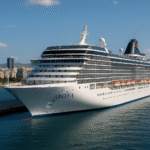Over 1,150 flight delays and cancellations swept across key U.S. airports on July 4th as a powerful weather system caused widespread travel disruptions during one of the busiest travel periods of the year. Major airports—including New York’s John F. Kennedy (JFK), Newark Liberty (EWR), Boston Logan (BOS), Chicago O’Hare (ORD), and Washington Reagan National (DCA)—were among the worst impacted, as thunderstorms, heavy rain, and high winds battered the East Coast and Midwest.
Airlines affected included Air Canada, American Airlines, JetBlue, United Airlines, and Delta Air Lines, with delays stretching into hours and hundreds of flights grounded or rerouted. The Federal Aviation Administration (FAA) confirmed that adverse weather conditions forced extensive holding patterns and ground delays, particularly affecting airspace around New York and Chicago.
Major Airport Disruption Snapshot
John F. Kennedy International Airport (JFK):
- Delays: 184
- Cancellations: 25
- Worst-hit carriers: JetBlue (2 cancellations, 20 delays), Delta (1 cancellation, 10 delays), American Airlines (1 cancellation, 5 delays)
LaGuardia Airport (LGA):
- Delays: 141
- Cancellations: 26
- Airlines affected: Republic Airlines, Delta, Endeavor Air
Newark Liberty International Airport (EWR):
- Delays: 162
- Cancellations: 14
- Key impact: United Airlines with 75 delays; British Airways and Lufthansa also affected
Boston Logan International Airport (BOS):
- Delays: 120
- Cancellations: 10
- Airlines hit: JetBlue (5 cancellations), Delta (3 cancellations), Spirit Airlines (2 cancellations)
Chicago O’Hare International Airport (ORD):
- Delays: 440
- Cancellations: 7
- Heavily impacted: JetBlue (88 delays), United Airlines (50), American Airlines (39)
Washington Airports (DCA & IAD):
- Combined delays: 177
- Cancellations: 14
- Airlines affected: JetBlue, Southwest, United Airlines
Airlines Scramble to Manage Chaos
With July 4th marking a critical peak in summer travel, airline operations teams worked overtime to rebook stranded passengers and reroute aircraft. JetBlue, which operates a significant share of flights out of JFK, BOS, and DCA, reported more than 100 total delays across its network.
American Airlines issued travel alerts on its website for passengers flying through the Northeast and Midwest, offering flexible rebooking options through July 6. Delta Air Lines activated its weather waiver policy for affected routes, urging passengers to check flight statuses online or via mobile app before heading to the airport.
United Airlines, the most impacted at EWR and ORD, deployed customer service reinforcements and used social media to provide rapid updates. In a statement, the airline cited “safety-first procedures” and “capacity constraints in East Coast airspace” as key factors in the ripple effect of delays.
FAA and Airport Authorities Take Preventative Measures
According to the FAA’s official dashboard, weather-related traffic flow management measures were implemented at JFK, LGA, and BOS throughout the holiday. Air traffic controllers imposed temporary ground stops and spacing initiatives to ensure aircraft safety amid low visibility and wind shear conditions.
To help cope with increased passenger volumes and longer wait times, airports such as Newark and Reagan National deployed additional ground staff, including security and customer service teams. The Transportation Security Administration (TSA) also extended screening hours to help passengers rebooked on later flights.
Travel Tips for Weather-Impacted Flyers
For travelers flying through the Northeast or Midwest in the coming days, the U.S. Department of Transportation and several major airlines offer these recommendations:
- Stay Informed: Use airline apps for real-time flight status, rebooking tools, and gate information.
- Arrive Early: Given potential rebooking queues and TSA congestion, arriving 2–3 hours early for domestic flights is advised.
- Pack Essentials: Include portable chargers, snacks, and medications in your carry-on in case of extended waits.
- Travel Insurance: Consider weather-inclusive policies to protect against delays or hotel expenses.
- Explore Alternatives: If stranded, consider regional rail or alternate airport options in major metro areas like New York (LGA, JFK, EWR) and Washington (DCA, IAD).
Weather Outlook Remains Cautiously Optimistic
While conditions have begun to improve slightly across affected regions, the National Weather Service (NWS) warns that pop-up thunderstorms may continue to impact parts of the Mid-Atlantic and Northeast through the weekend. The FAA advises passengers to remain flexible with travel plans and maintain communication with their airline.
According to TSA checkpoint data, over 3 million travelers were expected to pass through U.S. airports between July 4 and July 7, setting near-record post-pandemic holiday travel numbers. With airlines and federal agencies on high alert, operational resilience remains critical to restoring normalcy.
For more travel news like this, keep reading Global Travel Wire




